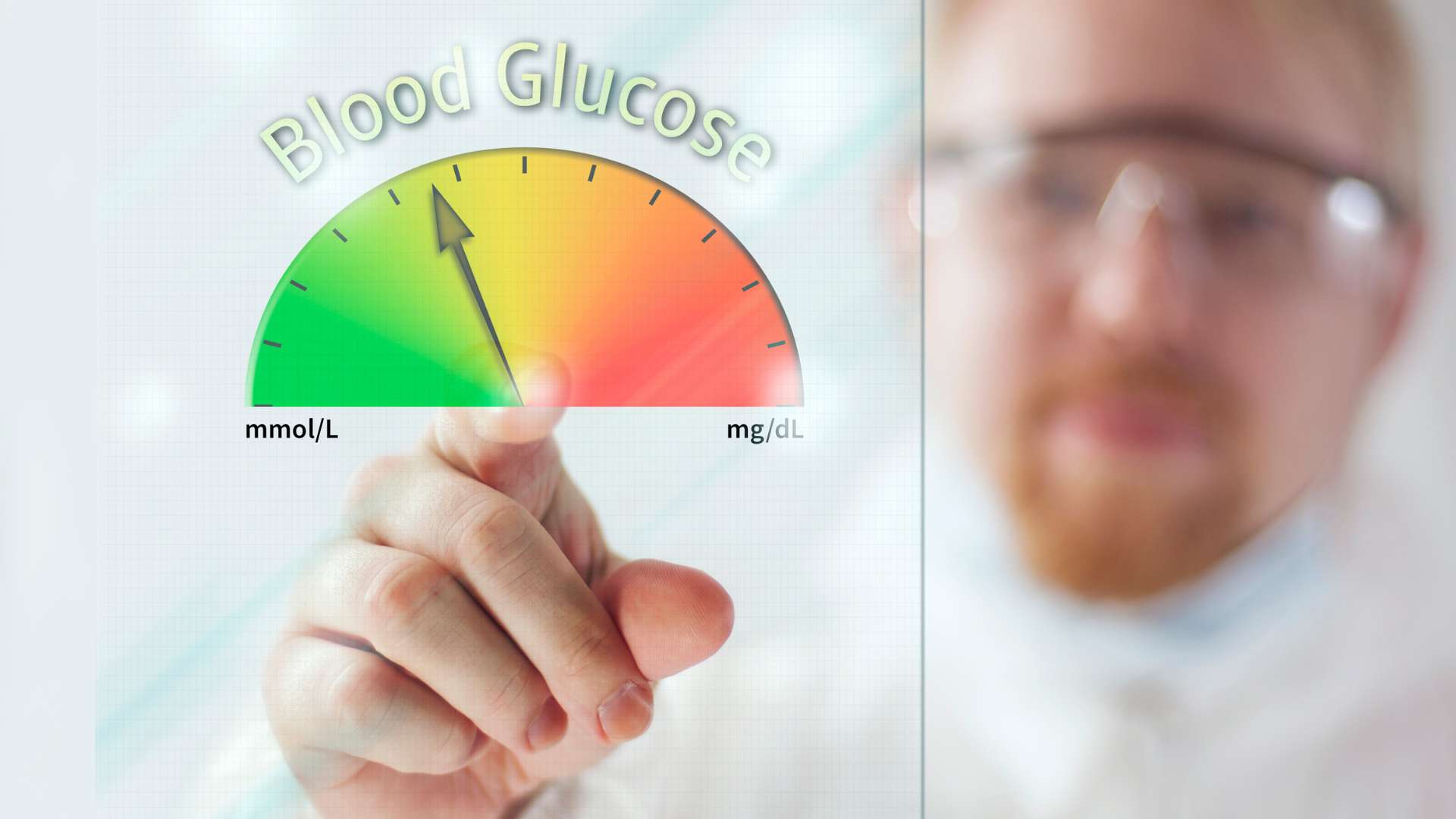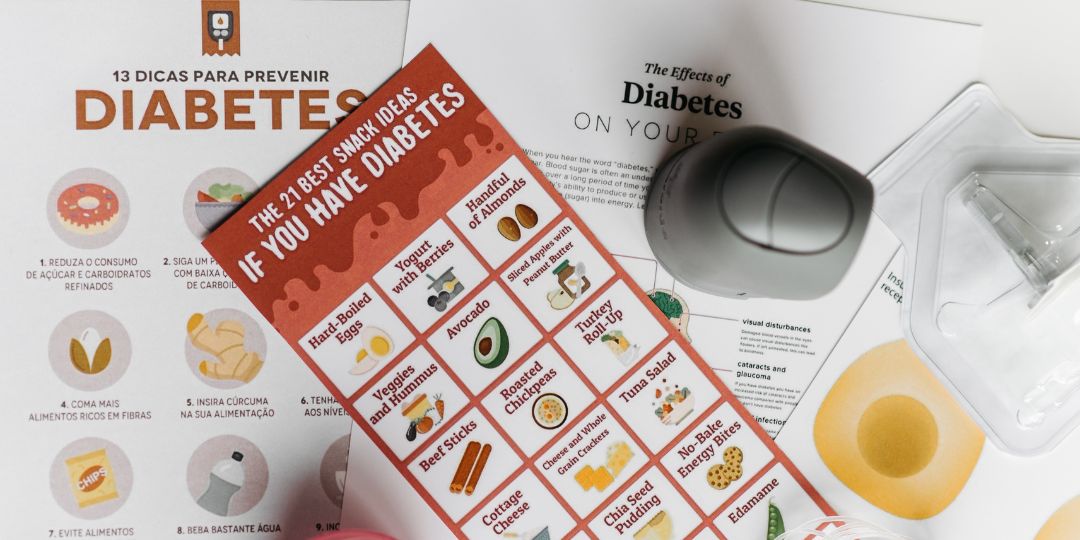By far the most common type of diabetes, type 2 diabetes affects more than 27 million Americans—many of whom don't even know they have it yet. Type 2 diabetes used to be called "adult onset" diabetes, but now we know that it can affect children, too.
Table of contents
When you have type 2 diabetes, your body doesn't produce enough of the hormone insulin, or doesn't use it properly.2 In a healthy body, food is turned into a type of sugar called glucose, which is carried through the blood to provide energy to your cells. However, the cells require insulin in order to draw that glucose from the blood. Without enough insulin, that glucose stays in the blood, leading to high levels of blood sugar.
High levels of sugar in your blood can result in a wide range of health issues. That's why it's important to treat diabetes with lifestyle changes, oral medications or insulin.
Type 2 diabetes symptoms
Sometimes, it can be difficult to notice type 2 diabetes symptoms, as they can come on slowly over time. Common type 2 diabetes symptoms include:
- Frequent thirst or urination
- Hunger, even when you're eating enough
- Fatigue
- Blurred vision
- Cuts or bruises that heal slowly
- Tingling, pain or numbness in your hands or feet
Causes and risk factors for type 2 diabetes
Extra weight can cause insulin resistance, which means that your body can't use insulin properly, so being overweight or physically inactive can contribute to diabetes.
In addition, some people are naturally more likely to develop type 2 diabetes, including people of African, Asian, Native American, Hispanic or Latino, Hawaiian, or Pacific Islander descent.
You may also be more likely to develop type 2 diabetes if you're over age 45, have a family history of diabetes, have high blood pressure or cholesterol, or have had gestational diabetes in the past.
Living with type 2 diabetes
You may find that you can control your blood glucose levels by changing eating habits and increasing physical activity, or you may need medication to keep your numbers in a safe range. It's important to work closely with your healthcare team to determine the best treatment for you, then stick to it. Preventing ongoing high blood sugar can help you avoid long-term problems with your eyes, kidneys and heart, as well as the nerves in your feet and hands.
Even if you don't need oral medications or insulin at first, you might down the road.2 Diabetes is a progressive disease, so it may take greater intervention to meet your target blood glucose levels as you get older.
- The National Institute of Diabetes and Digestive and Kidney Diseases. What is diabetes? Available at: https://www.niddk.nih.gov/health-information/diabetes/overview/what-is-d.... Accessed June 25, 2018.
- American Diabetes Association. Facts about type 2. Available at: http://www.diabetes.org/diabetes-basics/type-2/facts-about-type-2.html. Accessed June 25, 2018.
- American Diabetes Association. Diabetes symptoms. Available at: http://www.diabetes.org/diabetes-basics/symptoms/. Accessed June 25, 2018.
- The National Institute of Diabetes and Digestive and Kidney Diseases. Symptoms and causes of diabetes. Available at: https://www.niddk.nih.gov/health-information/diabetes/overview/symptoms-.... Accessed June 25, 2018.
- The National Institute of Diabetes and Digestive and Kidney Diseases. Risk factors for type 2 diabetes. Available at: https://www.niddk.nih.gov/health-information/diabetes/overview/risk-fact.... Accessed June 25, 2018.




